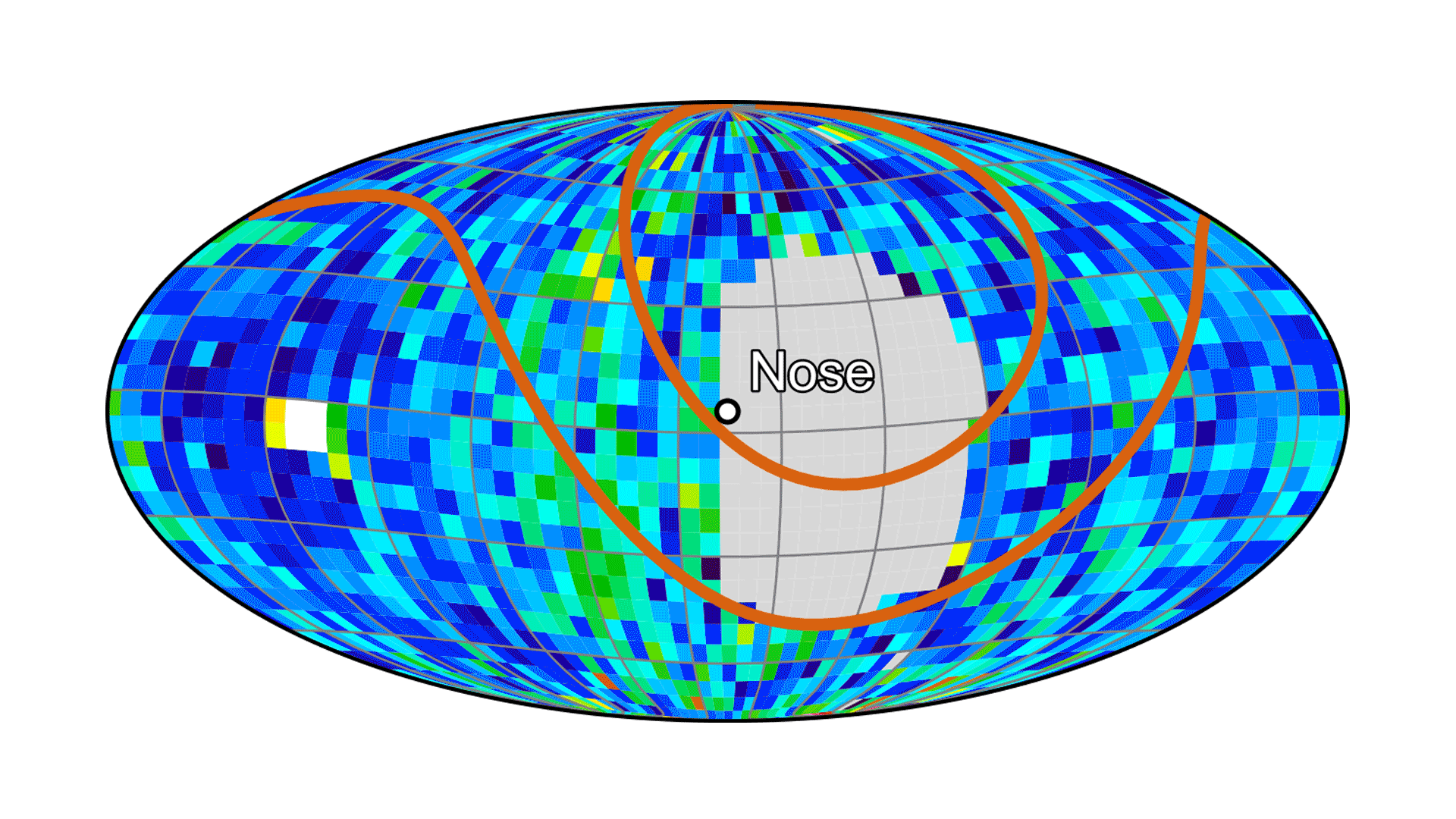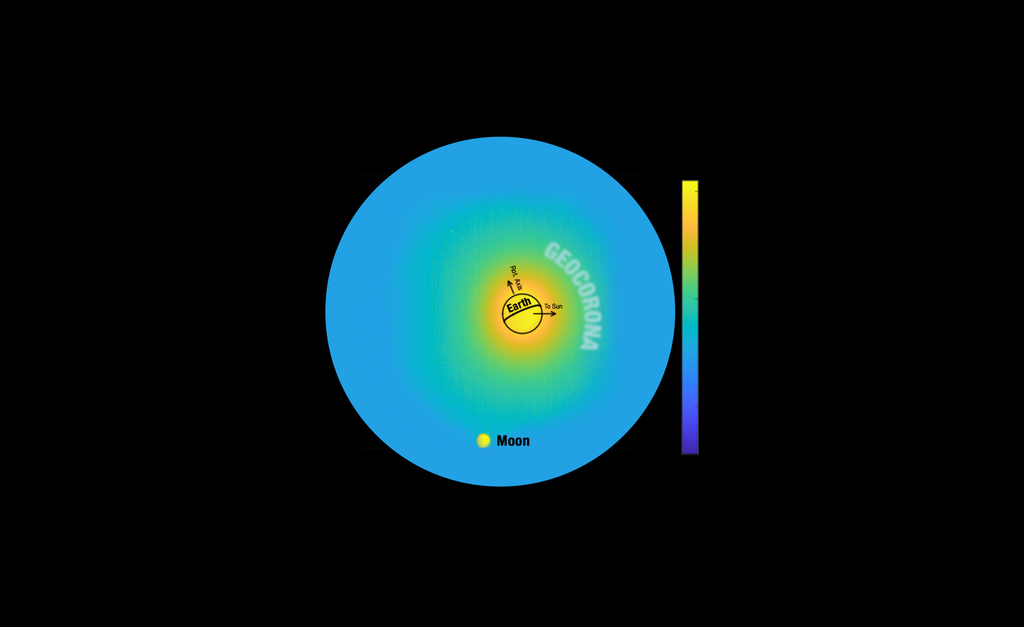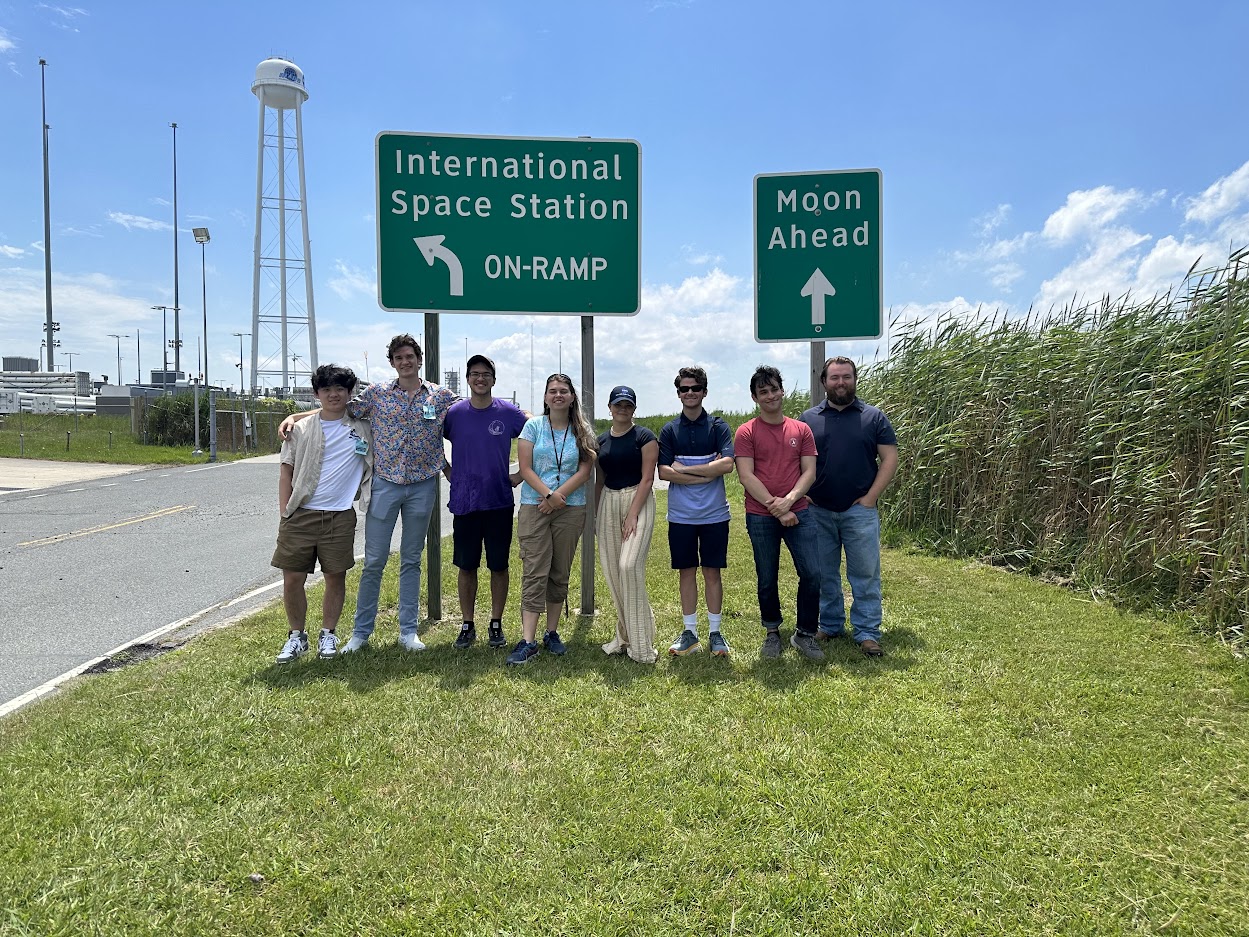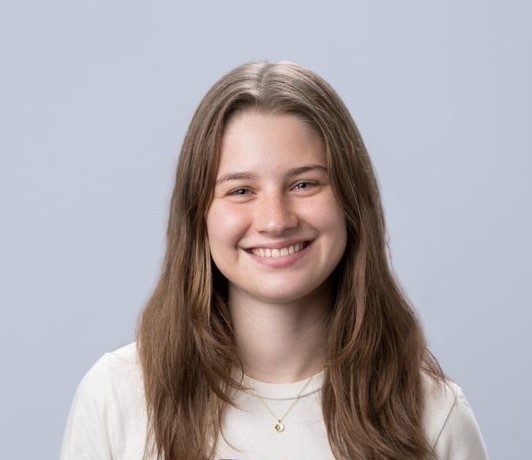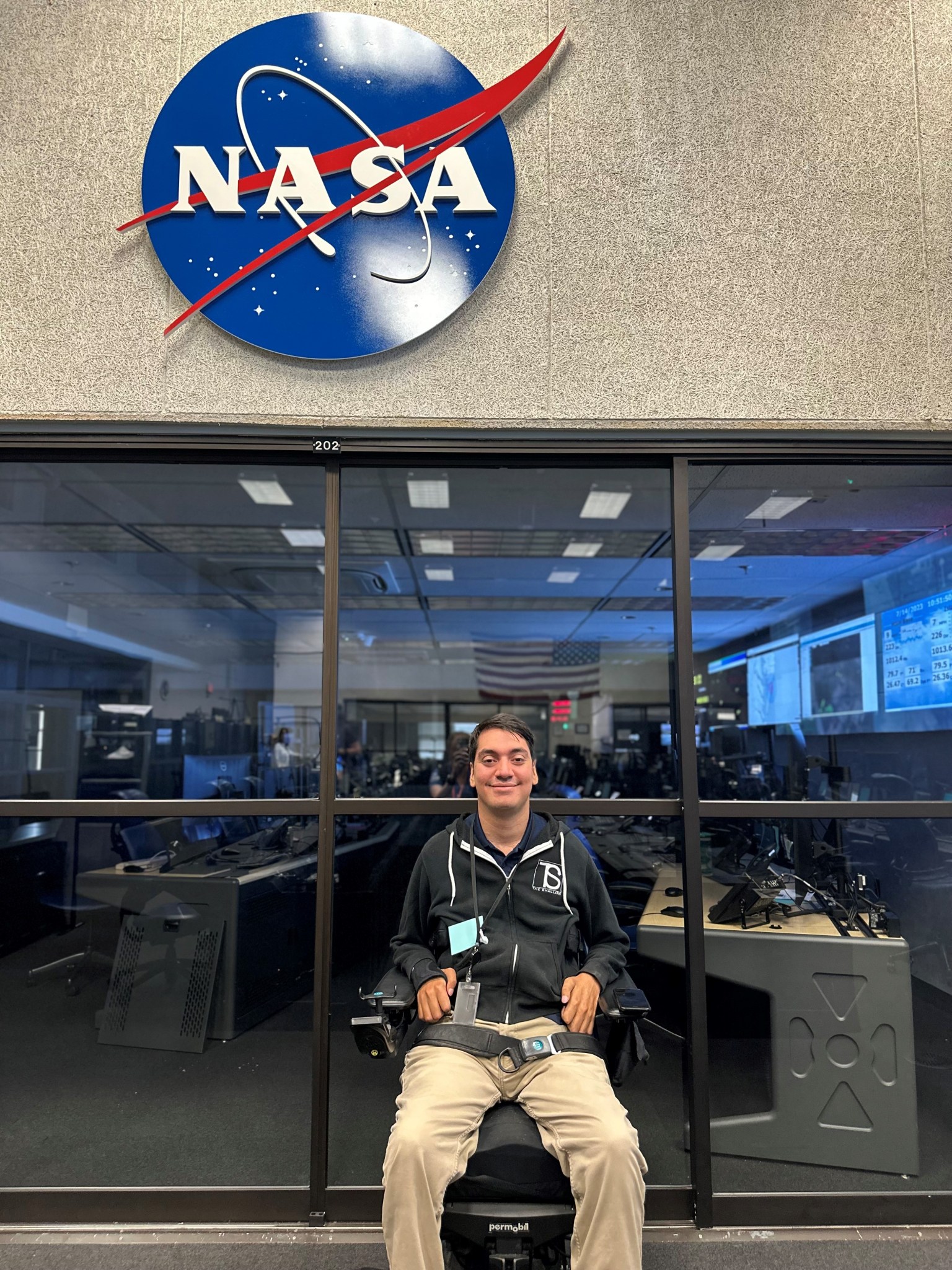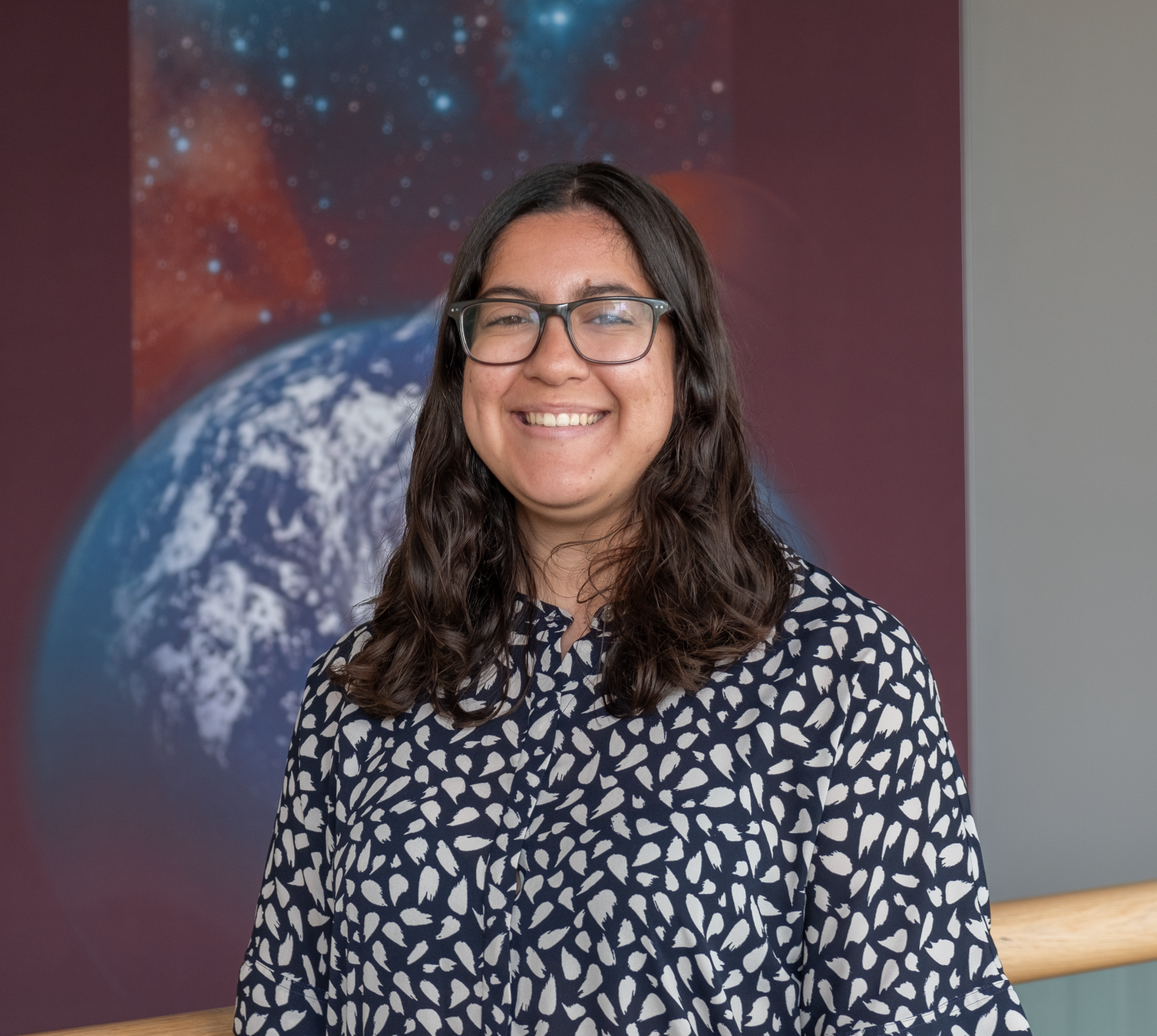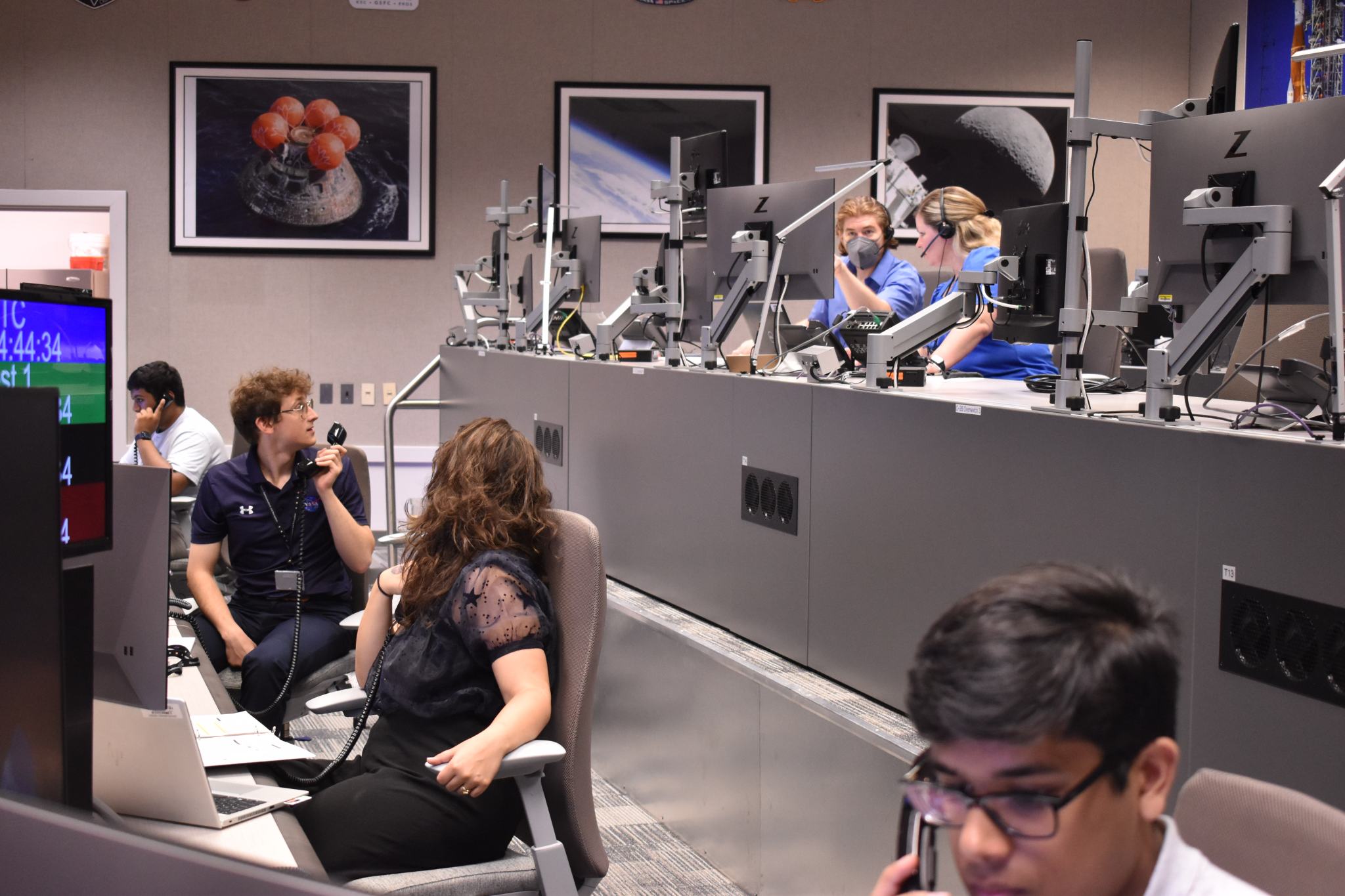Meet the NASA Interns Advancing Space Communications & Navigation
NASA celebrates National Intern Day and all the interns who are shaping the future of science and exploration.
This summer, NASA’s Space Communications and Navigation (SCaN) Internship Project (SIP) is hosting several students across the agency at NASA Headquarters in Washington; NASA’s Goddard Space Flight Center in Greenbelt, Maryland; and NASA’s Glenn Research Center in Cleveland. SCaN oversees the operations and advancement of NASA’s two primary communications networks – the Near Space Network and the Deep Space Network – which enables spacecraft to send data to and from Earth. SCaN’s interns contribute to the development of network enhancing technologies.
Over a ten-week session, high school, undergraduate, and graduate students work with mentors to complete a summer project that furthers the agency’s capabilities while also gaining professional development experience. Interns leverage backgrounds in engineering, computer science, mathematics, marketing, writing, project management, and more to contribute to NASA’s mission and vision in a meaningful way. Three of NASA SCaN’s 80 interns are highlighted below. These students join NASA with diverse backgrounds and work on different projects – demonstrating the breadth of opportunities available through NASA internships.
Laura Schwartz, NASA Headquarters
Many NASA employees working on radio frequency technologies have a hobby called amateur or ham radio. Ham radio uses the radio portion of the electromagnetic spectrum to exchange messages between radio enthusiasts.
First-time SIP intern Laura Schwartz’s interest in amateur radio is what brings her to NASA Headquarters as a radio frequency (RF) management analyst in SCaN’s Spectrum Policy and Planning Division. This summer internship provides an opportunity for Schwartz to leverage her knowledge of RF engineering and expand her technical skillset.
Schwartz is developing a methodology for NASA’s spectrum managers and spectrum-dependent users to document, aggregate, and analyze RF interference in a centralized location. Interference is a disturbance on a communications link caused by a human-made object, like a car alternator, or something naturally occurring – like a solar storm. Interference can come from many sources, which is why NASA communications engineers monitor the signals going to and from a spacecraft. As an example, these disturbances can affect communications from the Mission Control Center to astronauts on the International Space Station or may cause significant data loss of satellite transmissions to Earth.
Schwartz’s work is closing an information sharing gap and expanding the team’s interference event database. This is impactful to SCaN, whose networks rely on RF signals to communicate with spacecraft.
“During my time with NASA, I attended the National Telecommunications and Information Administration’s (NTIA) Interdepartment Radio Advisory Committee (IRAC) meeting, where I witnessed representatives of U.S. government agencies assign frequencies to radio stations,” said Schwartz. “The NTIA allocates and manages the use of the electromagnetic spectrum, and learning how the process works and relates to NASA was fascinating to me.”
Schwartz is a rising senior at Case Western Reserve University in Cleveland and is pursing a degree in electrical engineering with minors in music and computer science. After her graduation in spring 2024, Schwartz plans to pursue a master’s in applied mathematics.
Ricky Chang, Goddard Space Flight Center
Students with strong communication skills not only know how to reach an audience but can utilize their abilities to spread awareness of NASA’s efforts to potential partners.
Ricky Chang, another first-time SIP intern, is a senior at George Mason University in Fairfax, Virginia. He is receiving his bachelor’s in communications with a focus on media production and criticism.
Chang’s summer internship focuses on marketing events and services provided by the Commercialization, Innovation, and Synergies (CIS) office at NASA Goddard. This includes promoting events, requests for information, requests for proposals, and other solicitation methods to industry, academia, and other government agencies.
To achieve his goal, Chang is utilizing multiple tactics, including creating content for social media, videos, blogs, and NASA websites. Chang’s work will educate the broader aerospace community about the on-going commercialization efforts for the Near Space Network, which provides communications and navigation services to spacecraft out to 2 million kilometers (1.2 million miles) away through a blend of commercial and government assets. Together, CIS and the Near Space Network facilitate scientific discovery and space exploration.
Chang’s projects also include identifying opportunities to promote the communications and navigation community’s role in future Artemis missions. For Artemis I, CIS worked with schools, individuals, and organizations to track the uncrewed Orion spacecraft. As NASA explores the Moon, the agency endeavors to collaborate with additional organizations to increase excitement about the program and the opportunities to contribute through spacecraft tracking.
“NASA has given me the opportunity to be a part of something bigger than myself,” said Chang. “During my internship, I’ve been able to communicate my love of space, science, and discovery to those who haven’t found that spark yet, while furthering NASA’s mission and vision.”
This internship fulfills Chang’s final degree requirements. After graduation, Chang plans to pursue a fulltime communications and marketing career with NASA.
Monica Aguilar, Glenn Research Center
SIP internships are a great way to continue career advancement, and many students return for another session during the summer, fall, or spring.
Returning SIP intern Monica Aguilar recently graduated from California State University, Monterey Bay, where she studied computer science with a concentration in software engineering and a minor in environmental science.
As part of her second SCaN internship at NASA Glenn, Aguilar is creating a graphic user interface specifically designed for project teams to analyze risk, budget, and schedule data simultaneously. While project teams currently review these topics, they do not have a means to quantitatively review the data on one platform. This tool brings all three data points together for more insightful planning and decision making. This all-in-one platform will be used as a teaching tool that can easily be integrated into the project management team’s current activities.
“This new tool is extremely beneficial to project managers,” said Aguilar. “This is the kind of work I have always wanted to do – create tools to expand knowledge and solve real-world problems.”
Aguilar’s second internship is teaching her more about business analytics as a whole and how project management works inside a major organization like NASA.
After graduation, Aguilar will continue working in industry while obtaining a master’s degree in computer science. She plans to become a college professor and participate in STEM outreach.
Future Opportunities
The SCaN Internship Project offers students the opportunity to expand their skillsets and professional resumes while furthering NASA’s mission. Throughout the summer, interns participate in resume workshops, public speaking practice sessions, field trips to flight facilities, networking events, flight operation simulations, and so much more.
Not only do interns walk away with an experience of a lifetime, but the opportunity to contribute to real NASA projects.
If you’re interested in interning with NASA SCaN, check out NASA’s Internship Programs and search keyword “SCaN.”












